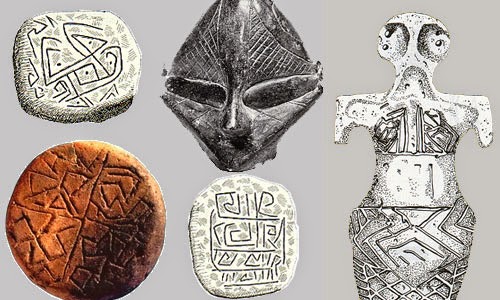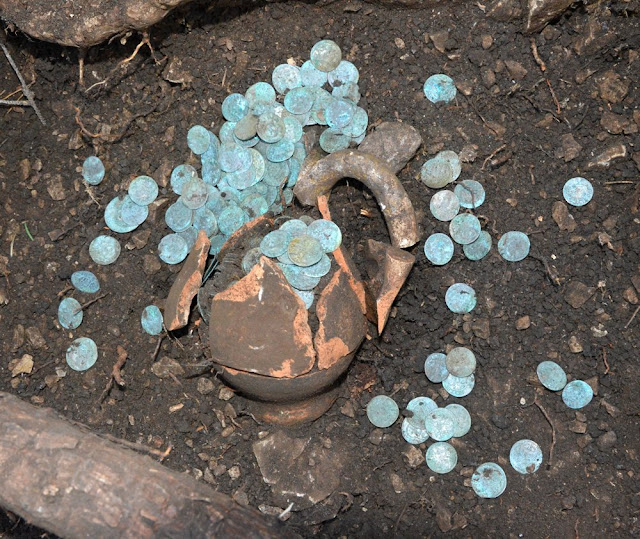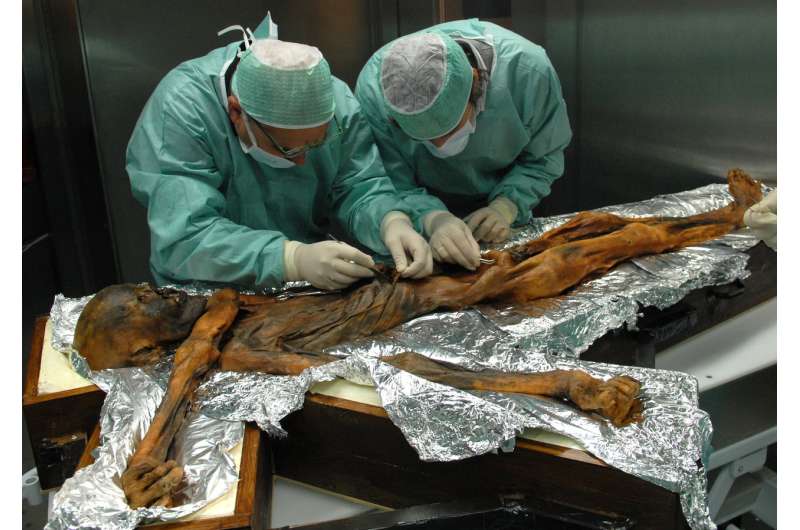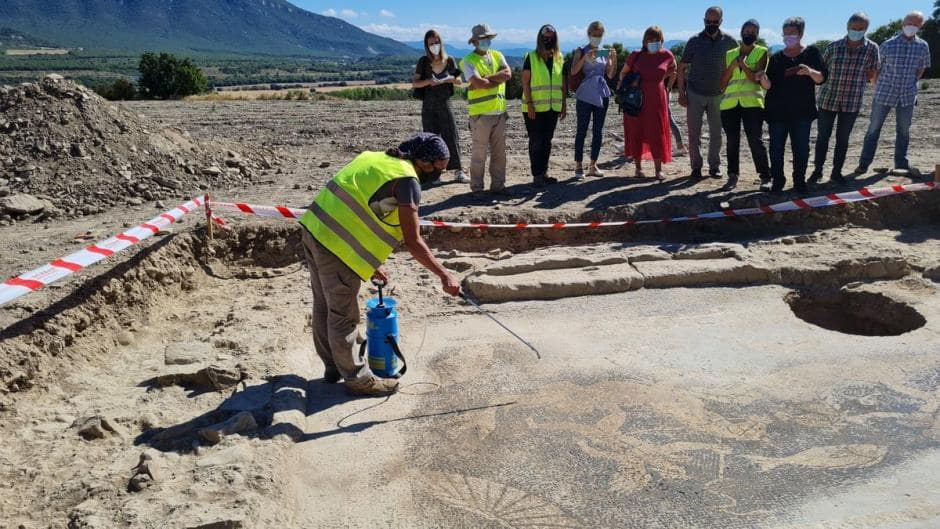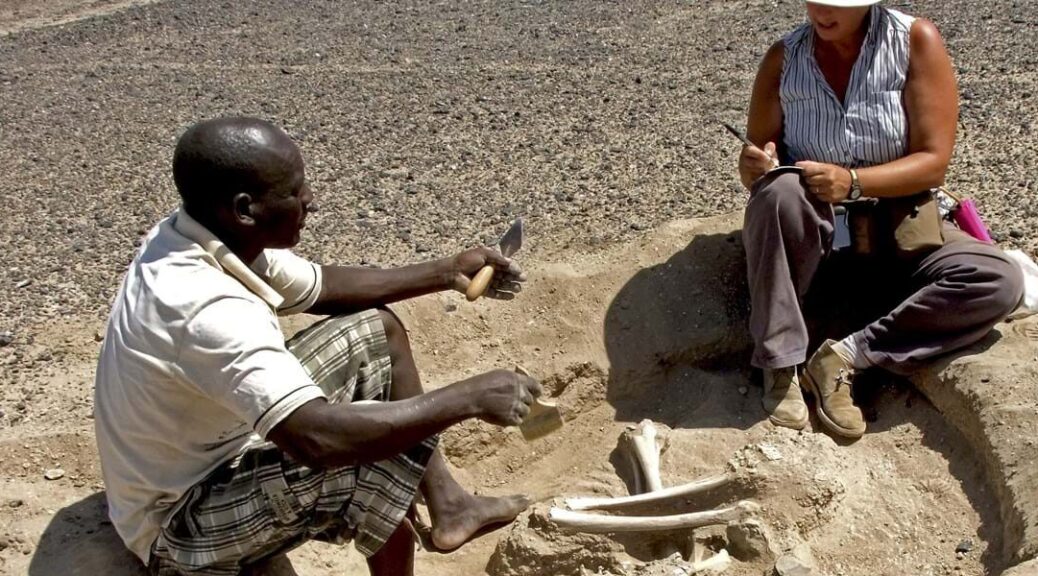The Rare Metal Of Atlantis – Orichalum – Recovered From Shipwreck
According to the legend, there was an 8th continent known as Atlantis. This mysterious continent was said to have sunk a long time ago and when it did it took all of its orichalum with it.
Orichalum is a metal that is mentioned in several ancient writings including the story of Atlantis in the Critias dialogue, which was recorded by Plato around 360 BC. According to the dialogue, orichalcum was very valuable and was second only to gold in value.
Now a team of divers say they have recovered no less than 39 blocks of this precious metal from a shipwreck that is believed to have happened 2600 years ago.
This ship was likely from somewhere in Greece or somewhere in Asia Minor and was carrying this metal to Gela in Southern Sicily when it was then caught in a storm and sank to the bottom of the ocean about 300 meters from the port.

“Nothing similar has ever been found, we knew of orichalum from ancient texts and a few ornamental objects.”
In the aforementioned Critias this metal was mined only on Atlantis and was used to completely cover the inside of Poseidon’s temple.
Many scholars today, agree orichalum is a brass-like alloy, made in antiquity by cementation. This process was reportedly achieved with a reaction to zinc ore, copper metal and charcoal in a crucible.
The 39 ingots, which were found, were analyzed with X-Ray fluorescence by Dario Panetta, of Technologies For Quality and, sure enough, the metal turned out to be made with 75-80% copper, 15-20% zinc, and a small percentage of nickel, iron and lead.

Tusa also stated:
“The finding confirms that about a century after its foundation in 689 B.C., Gela grew to become a wealthy city with artisan workshops specialized in the production of prized artifacts.”
He says this because the 39 ingots were destined for workshops in Gela and were used in very high-quality decorations.
Tusa’s team of divers plans to excavate the entire shipwreck to shed some more light on the history of Sicily, and possibly, Atlantis.

